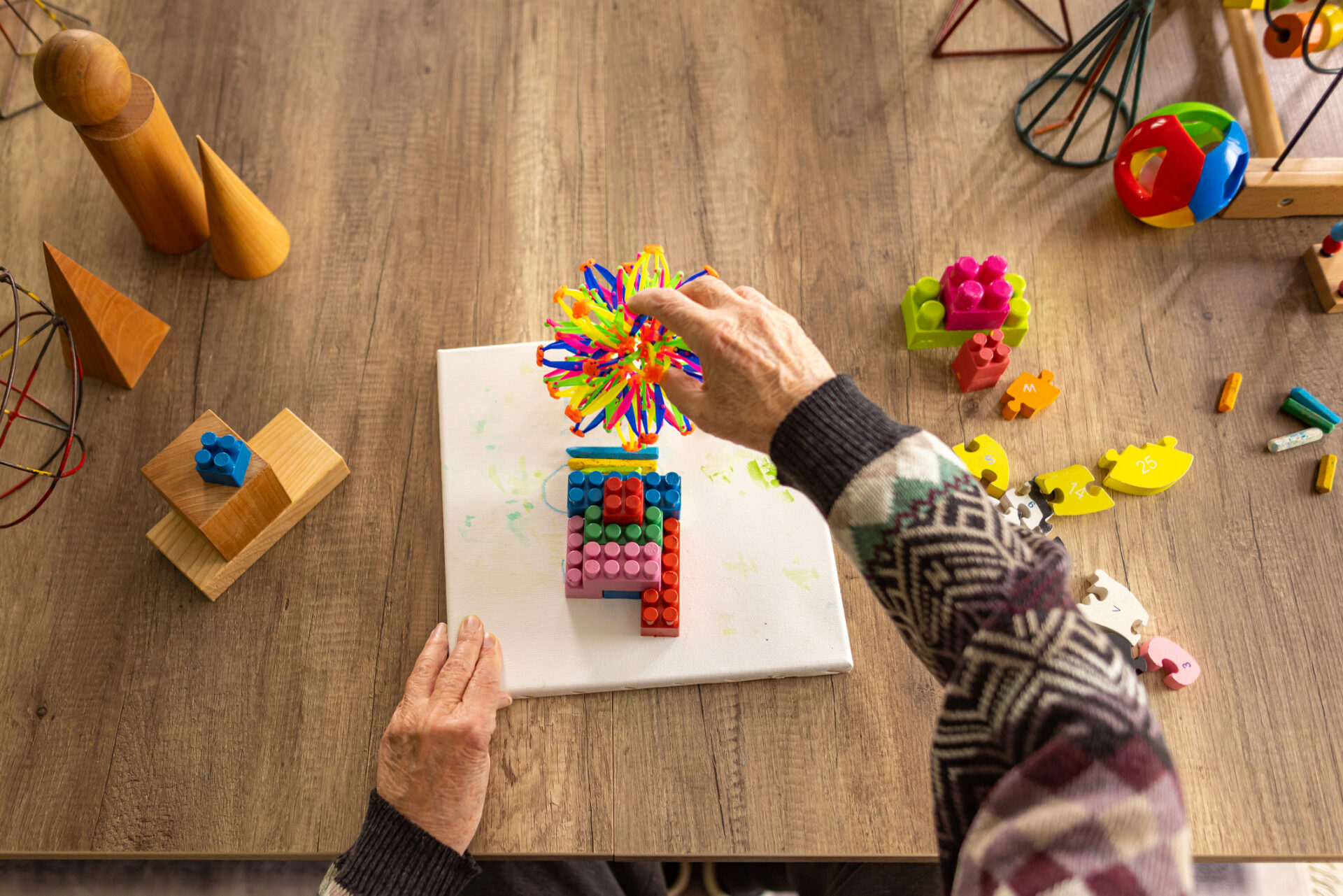The joint annual conference of the German Society for Neurorehabilitation (DGNR) e. V. with the two specialist societies from Austria (OeGNR) and Switzerland (SGNR) came to a successful conclusion at the Augsburg Congress Center (Germany). Around 900 participants came together under the conference motto “Amazing possibilities”. For three days, leading experts presented the latest findings in all areas of neurological rehabilitation and related fields.
(red) Proven and new treatment options based on evidence-based guidelines, from therapeutic experience and robotics to virtual reality and AI-based applications, illustrated the wide range of methods used in evidence-based neurorehabilitation. In accordance with the complex and heterogeneous symptoms and functional disorders of the patients, the focus was on effective standard treatments such as intensive functional training with large therapeutic devices, robotic gait trainers and treadmills for paralysis of the legs after a stroke. Modern training apps were presented for speech therapy, which patients are increasingly able to use as self-training. In view of the multitude of new possibilities in all areas, the specialist societies are attempting to define standards by developing guidelines for the various clinical problems so that evidence-based treatment methods can be disseminated.
Several promising clinical studies on neuromodulation procedures were presented, which are used to treat neurological dysfunctions following brain damage such as a stroke. Transcranial direct current stimulation (tDCS), repetitive transcranial magnetic stimulation (rTMS) or vagus nerve stimulation can, for example, improve arm/hand motor skills or speech and swallowing disorders. Even if some of the new procedures are not yet in routine use, integrating them into everyday clinical practice is seen as a challenge.
Therapy concepts based on the evidence
With regard to health complaints after COVID-19, there was a well-attended workshop on fatigue management for special neuropsychological challenges with persistent symptoms. As a specialist society, the DGNR has published leading guidelines on rehabilitation for COVID-19, which also address fatigue. In order to provide multiprofessional treatment teams not only with evidence-based therapy concepts but also with guideline knowledge for their clinical work in patient care, the entire neurorehabilitation curriculum with all 10 advanced and further training modules was offered for the first time. In several multi-professional symposia and workshops, therapists and doctors had a joint look at the various diagnostic and therapeutic approaches. The program also included a workshop on aspects of special care in neurorehabilitation. The symposium “Neurorehabilitation: training and work with a future” highlighted the particular importance of teamwork, especially in neurorehabilitation, in many lively speeches.
Health policy discussions on patient care
The importance of neurorehabilitation for patient care was emphasized in the cross-national exchange on current standards and new developments in neurorehabilitation. This goes far beyond neurology. Early neurological-neurosurgical rehabilitation facilities accept thousands of intensive care patients every year for further care, many of whom are still on artificial respiration, and make a major contribution to the functionality of intensive care units under existing conditions. Against this background, it was discussed that the hospital reform plans in Germany, for example, could potentially jeopardize half of the locations and thus a proven care segment, which could ultimately even lead to a collapse of intensive care, as intensive care patients could then no longer be transferred.
Source: “Joint congress on neurorehabilitation in Augsburg came to a successful end: modern therapy options and discussions on health policy issues”, 23.01.2024. German Society for Neurorehabilitation (DGNR) e. V.
InFo NEUROLOGY & PSYCHIATRY 2024; 22(1): 32 (published on 2.2.24, ahead of print)











